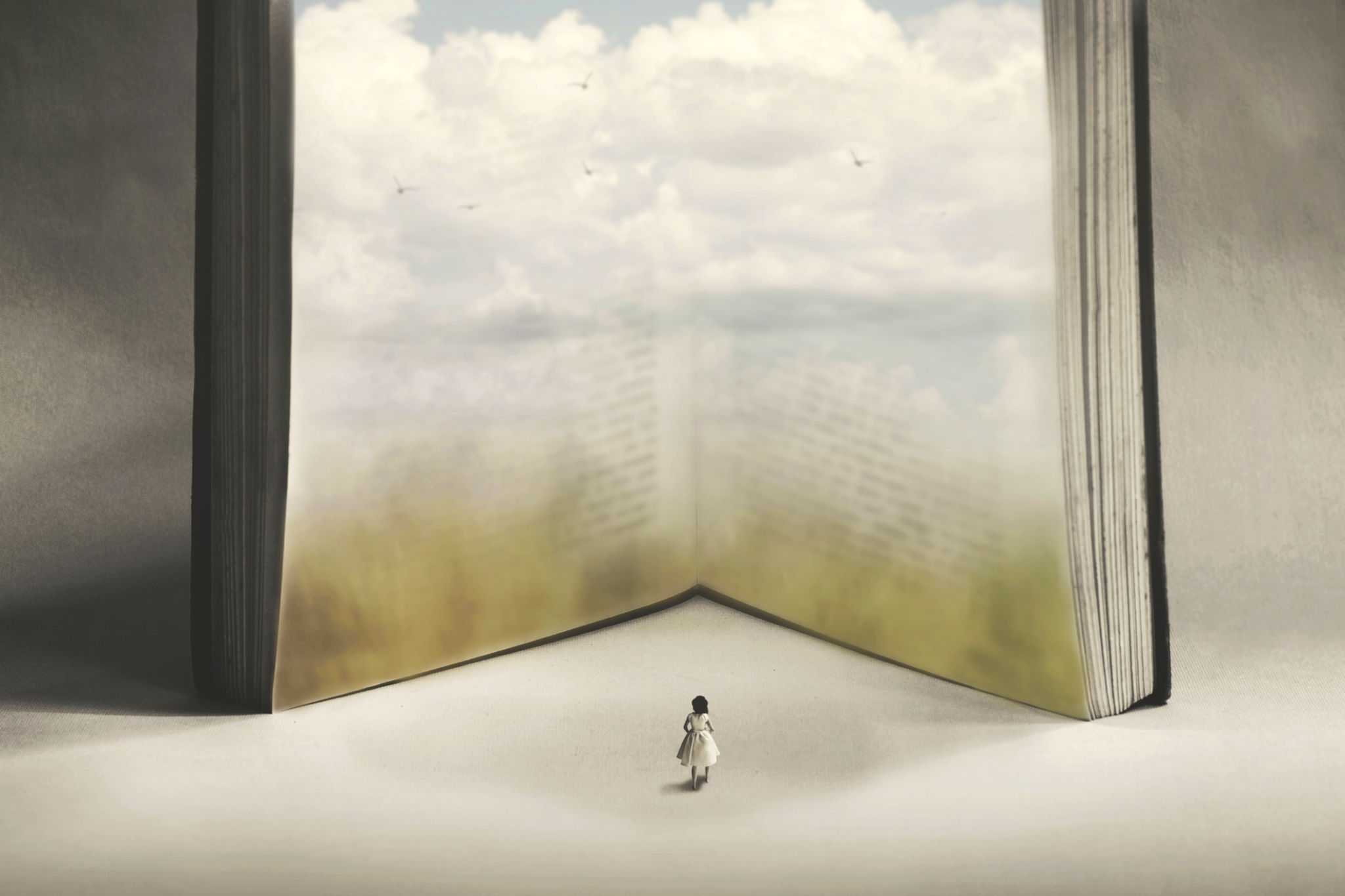The Real Story Behind 'Children of a Hope': Accuracy and Artistic Interpretation
Exploring the Historical Context
In the realm of historical fiction, authors often walk a fine line between staying true to historical facts and allowing room for artistic interpretation. One such work, "Children of a Hope," has sparked discussions on its portrayal of historical events. Set against the backdrop of a tumultuous period, the novel seeks to capture the essence of the time while weaving a narrative that resonates with readers. But how accurate is its depiction, and where does artistic liberty take over?

Balancing Fact and Fiction
The core of "Children of a Hope" lies in its ability to balance fact with fiction. The author has meticulously researched the era, integrating real events and figures into the storyline. This foundation of authenticity adds depth and credibility to the narrative. However, as with any work of fiction, certain elements have been exaggerated or altered for dramatic effect. This blend of reality and creativity invites readers to explore the historical context while engaging with an imaginative story.
One aspect where the novel shines is in its portrayal of social dynamics. The depiction of relationships and societal norms during the period is both enlightening and thought-provoking. It provides a window into the past, allowing readers to gain insight into how people lived, loved, and struggled during that time. This focus on human stories amidst larger historical events highlights the author's commitment to creating a nuanced portrayal.

The Role of Artistic Interpretation
Artistic interpretation plays a crucial role in bringing historical narratives to life. In "Children of a Hope," this interpretation is evident in the richly detailed settings and complex characters. The author employs vivid descriptions and emotional depth to breathe life into the story, ensuring that readers are not only informed but also moved by the journey. This artistic vision is essential for transforming historical events into compelling tales that captivate audiences.
However, it's important to recognize that artistic interpretation can sometimes lead to inaccuracies or anachronisms. While these deviations may serve the narrative, they can also challenge the reader's understanding of history. The key is to approach such works with an open mind, appreciating both their educational value and their capacity for storytelling.

Reader Perception and Impact
Readers of "Children of a Hope" often find themselves immersed in a world that feels both authentic and imaginative. The novel's success lies in its ability to evoke emotions while prompting reflection on historical realities. By presenting characters who are relatable and situations that are believable, the story resonates with contemporary audiences, bridging the gap between past and present.
The impact of such novels extends beyond entertainment; they encourage readers to delve deeper into history and question their perceptions. By sparking curiosity and dialogue, "Children of a Hope" serves as a catalyst for further exploration and understanding of the historical period it represents.
Conclusion: A Journey Worth Taking
"Children of a Hope" exemplifies the power of historical fiction to both educate and inspire. While it may not always adhere strictly to historical accuracy, its artistic interpretation offers valuable insights into human experiences across time. For those willing to embark on this journey, the novel provides a rich tapestry of history woven with threads of imagination.
